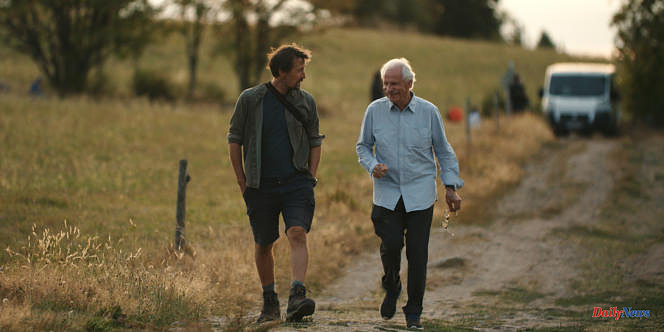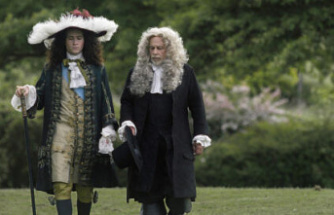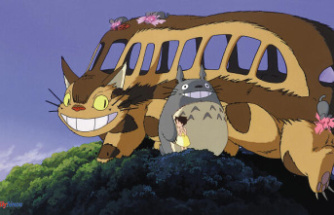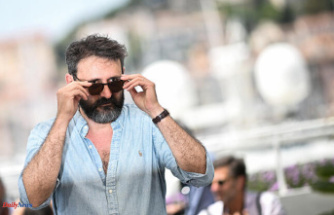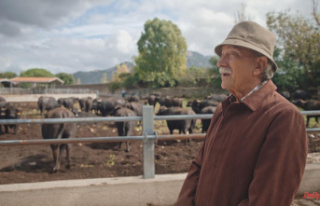Biodiversity has never been more at risk. A study published on Monday, May 15 – to cite only the most recent – affirms that in forty years Europe has lost 800 million birds. Faced with this reality, alerting, threatening, accusing does not seem to be enough. Also the photographer Yann Arthus-Bertrand, also president of the GoodPlanet Foundation, tries a complementary approach with his documentary Vivant.
Starting from the observation that, gradually, humans have become disconnected from the "living", the director chooses to show the fauna and flora that surround them and makes a double bet: in the face of so much beauty, humor and poetry , human beings – us – will want to protect them, before resuming their place at the heart of biodiversity, even if it means making some effort.
Born during confinement, this project required close proximity. He also called on 200 amateur or professional videographers – some are to be discovered in Reconnecting with the Living, broadcast in the second part of the evening, and all appear in the credits.
Image density
At 77, the author of The Earth seen from the sky (1999) has, moreover, refocused on metropolitan France, which, by chance, is the European country which is home to the most biodiversity, with 150 species of mammals. . To account for this richness, Vivant follows a division by natural environments: coast, ponds, meadows, bocage, city, rivers, wetlands, forest and mountain.
A hermit crab moves, a scallop looks at the camera with its many eyes, hermelles continue to build reefs visible from space... We will learn, in the second documentary, that these are images of Léa Collober, a young woman happy to film the foreshore in Vendée.
On the screen, the sandpipers hopping on one leg to "preserve their energy" give way to the seals which "bananent" in the Bay of Somme. The music, first zen then classical and varied, compensates for the density of the images. Among the most spectacular, the tuna leaping in the Mediterranean and those of a family of lynx, taken in complete privacy by Laurent Geslin.
Curiosities and scientific data
In the commentary, Yann Arthus-Bertrand positive, alternating curiosities and scientific data: "A worker bee can visit 200 flowers per hour"; "With nine brains, the octopus has as many neurons as a dog"; in the mountains, global warming has unexpected consequences on mountain hares, which "find themselves white in a setting that is no longer white and become more identifiable".
Sometimes the voice-over is silent, giving way to the sound of the great sperm whale, twice as powerful as that of a plane taking off, or to observe the extremely rare genet, a small carnivore that can be mistaken for a cat.
But how do you make bats love you? Remembering that one can consume 3,000 mosquitoes per night. Wolves, bears? “They bother us,” admits Yann Arthus-Bertrand. However, if we want to regain our place in the living community, we must relearn how to coexist with the 4% of wild animals - not enslaved to humans - that remain.
A badger yawns, indifferent. Later, Yann Arthus-Bertrand, animal videographer Vincent Munier and his father, Michel, chorus: "It's such a chance to give meaning to your life. »

